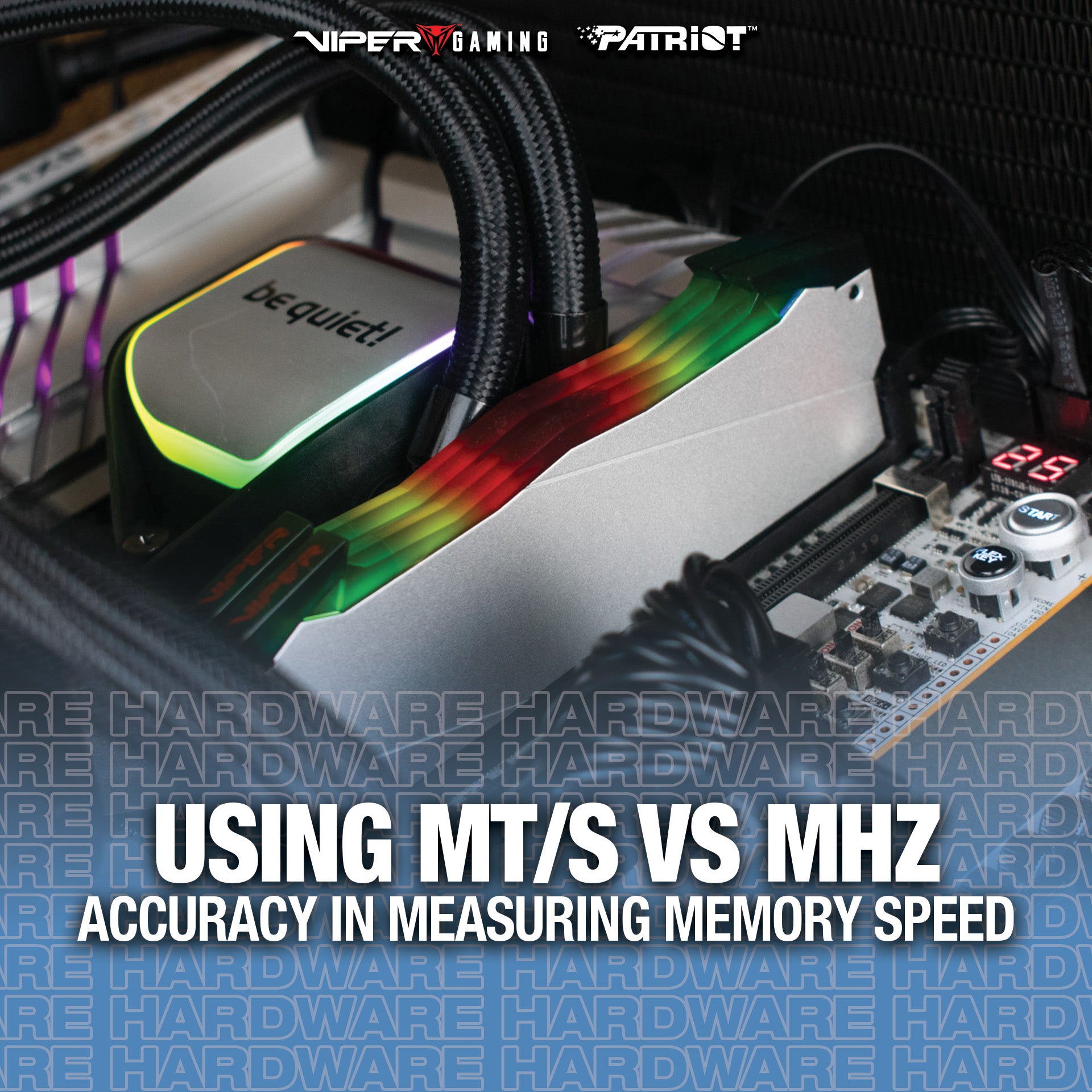- Joined
- May 28, 2019
- Messages
- 9,646
- Points
- 113
So doing a story on their latest SSD and saw this on their website and thought it'd be something interesting folks might want to check out. I think most of us have noticed how much of the industry has been switching from MHz to MT/s and this looks like a decent article on it.


MT/s vs. MHz: Accuracy in Measuring Memory Speed
When it comes to measuring memory speed, one of the most historically used measurements for memory performance is megahertz (commonly abbreviated as MHz). However, after years of debate between manufacturers, experts and gamers alike, many, including our team here at Patriot Memory, have started...
store.patriotmemory.com
